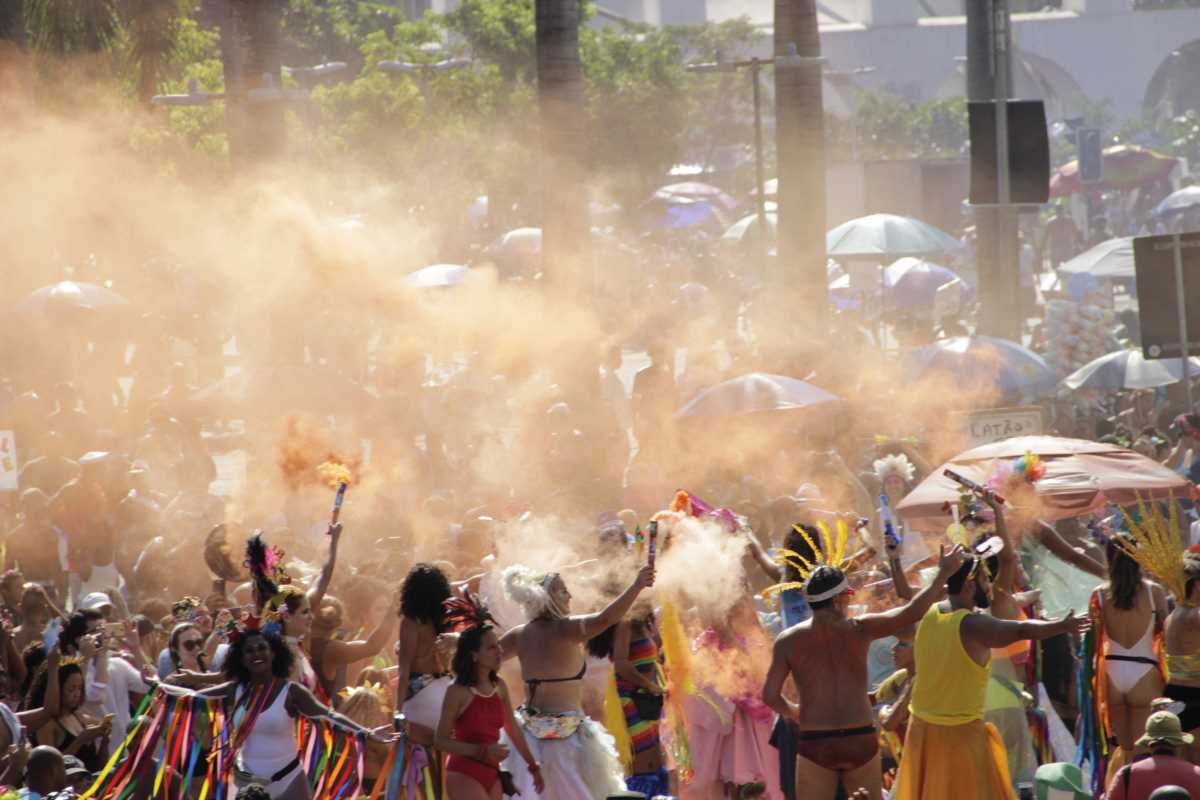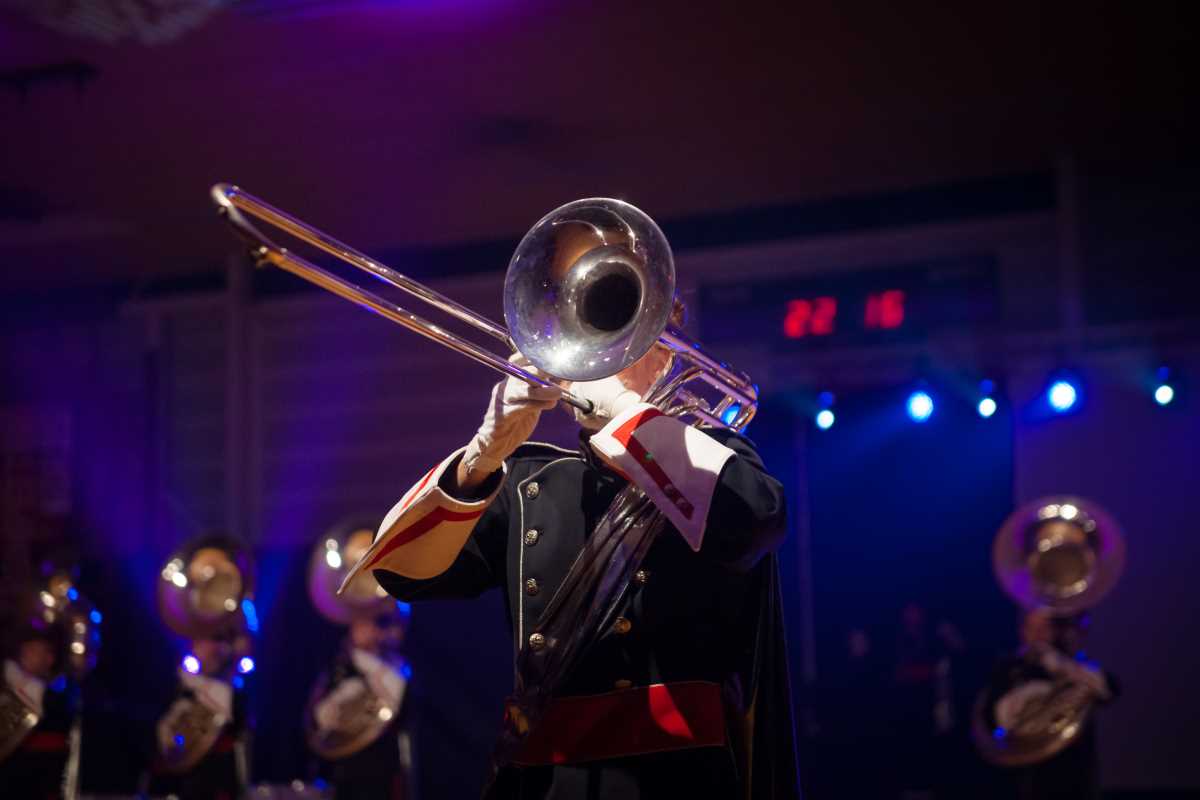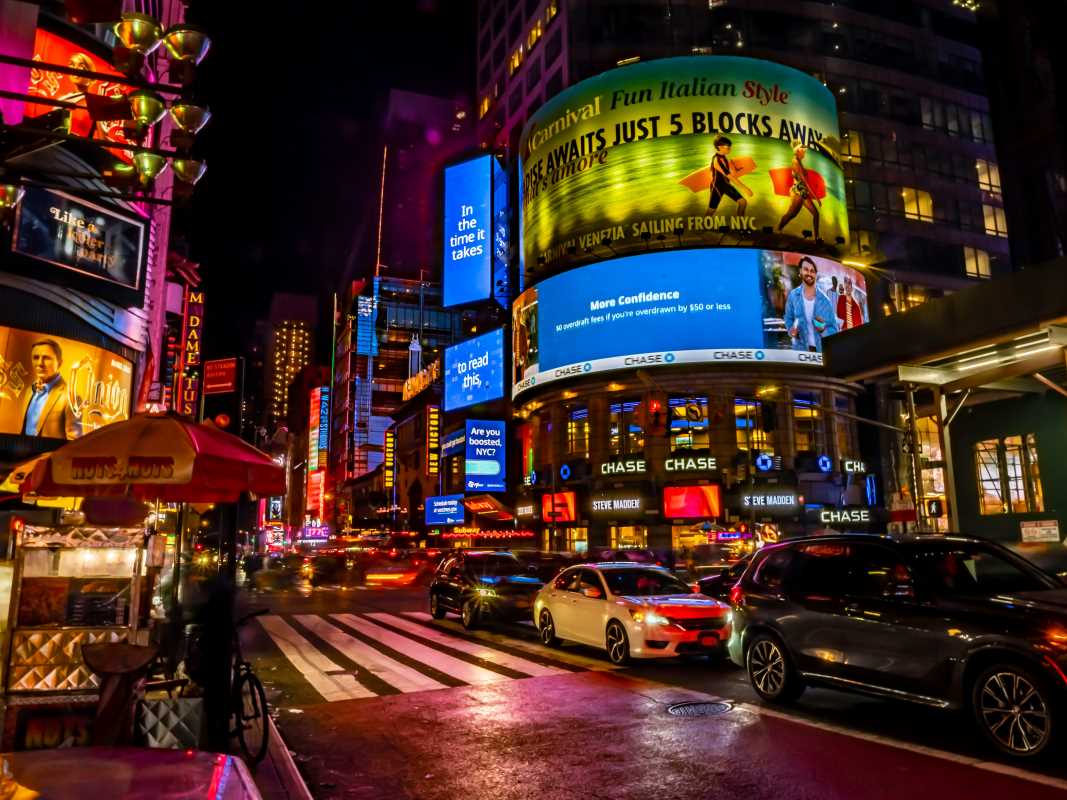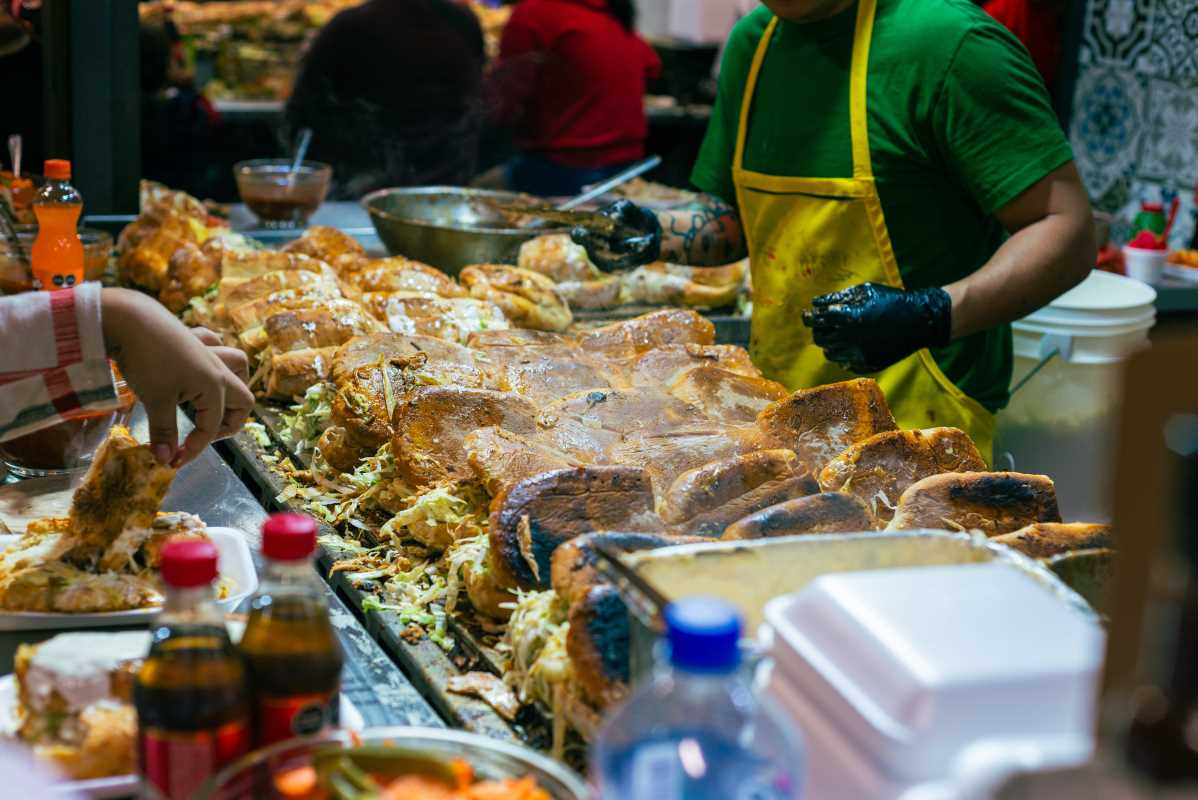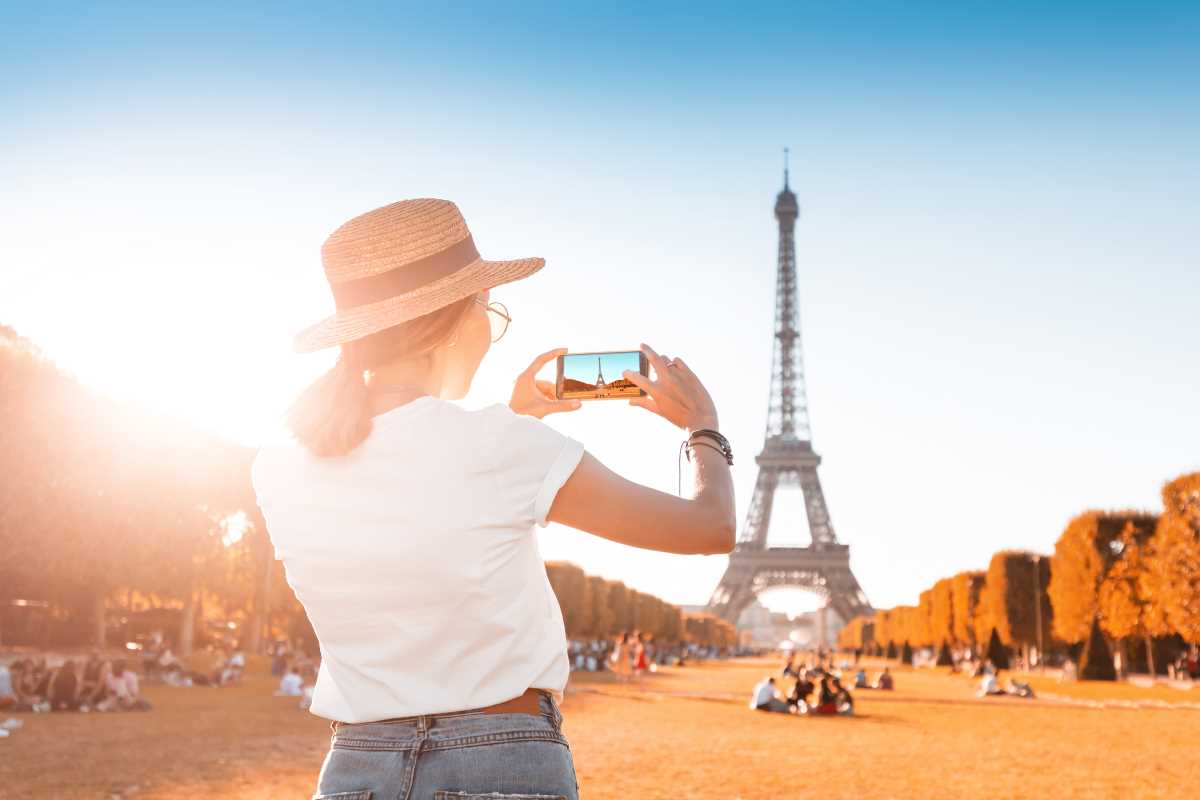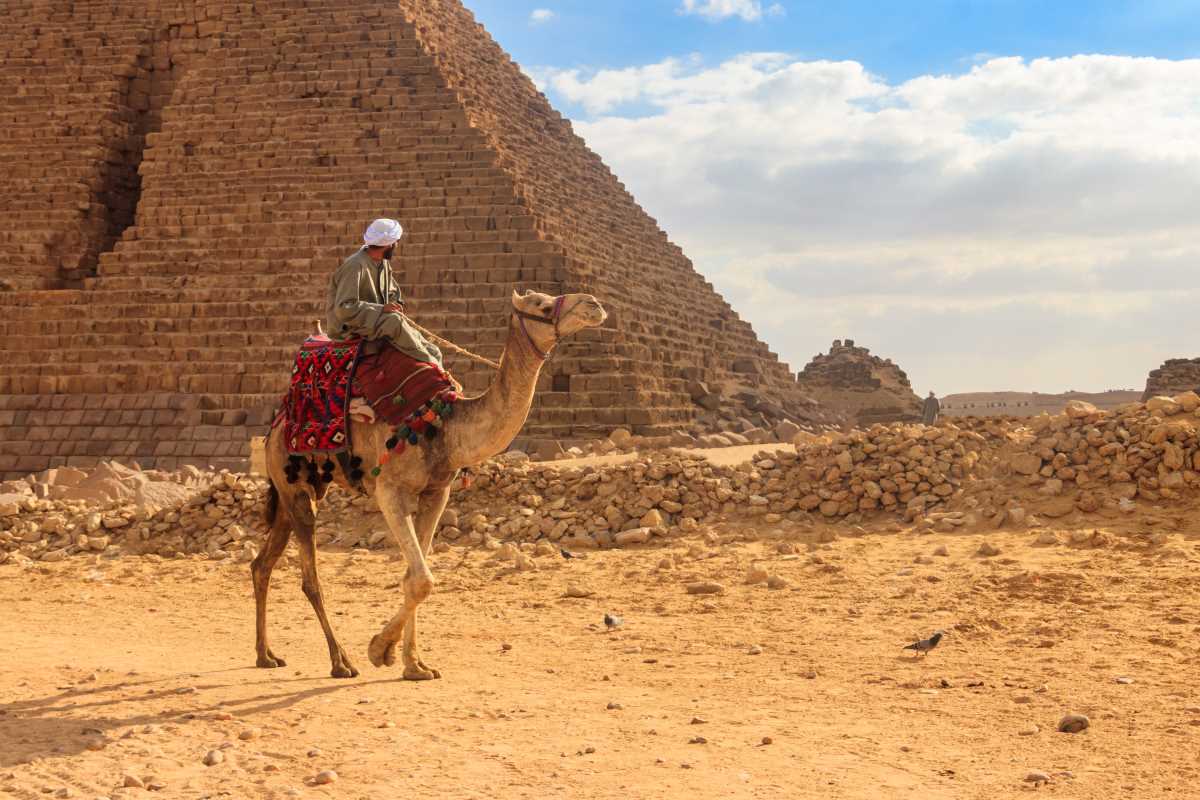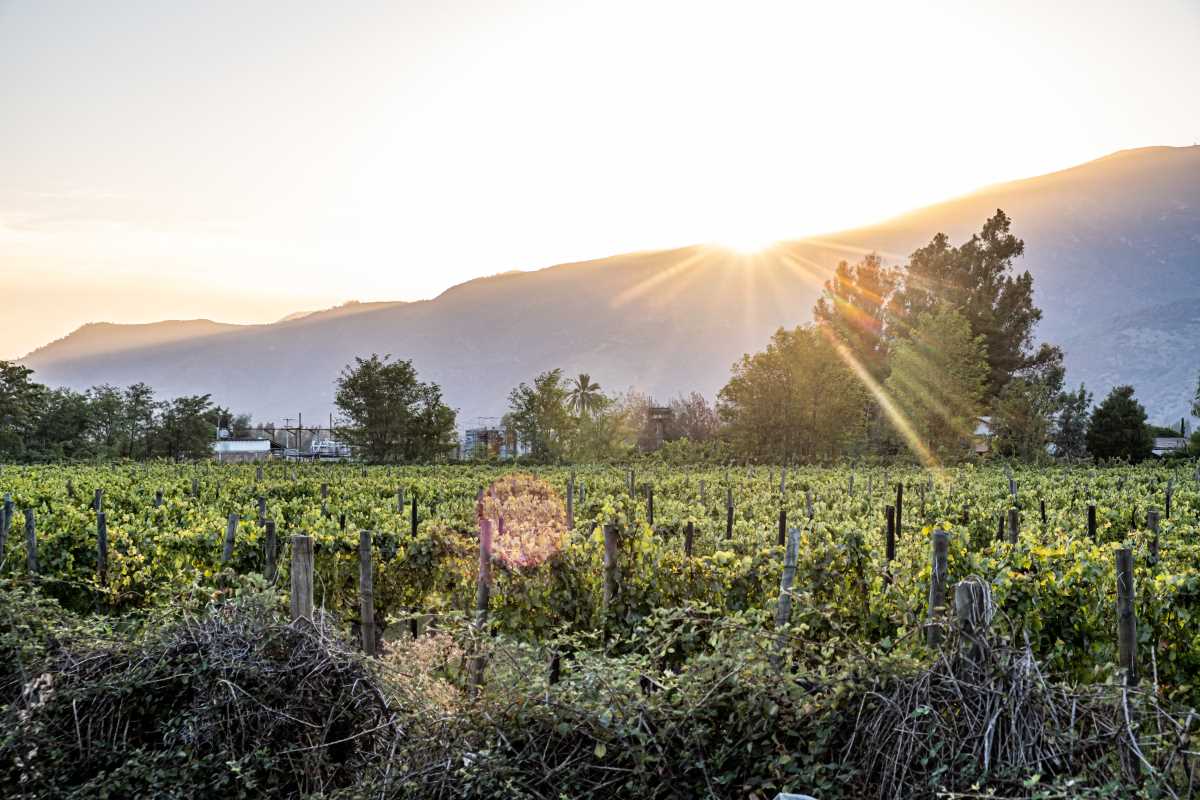Berlin is a city that thrives on creativity, and nowhere is this more apparent than during the International Street Food and Art Festival. This vibrant event transforms the city into a massive open-air gallery and global kitchen, offering an unforgettable experience for any culture-loving traveler. You have the chance to try various delectable cuisines and meals, and check out some beautiful, interesting art. We'll show you what to expect, how to plan your days, and tips for navigating the city. You’ll learn the ropes so you can navigate this fun event with ease. Get ready to explore a world of flavor and creativity in one of Europe’s most exciting capitals!
What is the International Street Food and Art Festival?
The International Street Food and Art Festival is Berlin's premier celebration of global cuisine and contemporary art. It brings together hundreds of food vendors, street artists, musicians, and performers for a multi-day event that captures the city's dynamic and multicultural spirit.
- When: The festival typically takes place over a long weekend in late spring, usually in May or early June, to take advantage of Berlin's pleasant weather.
- Where: While events pop up across the city, the main festival hubs are often located in creative neighborhoods like Kreuzberg, Friedrichshain, and Neukölln. Key venues frequently include open-air spaces like the RAW-Gelände or Tempelhofer Feld, as well as various market halls and cultural centers.
Planning Your Festival Adventure
With so much to see, do, and eat, a little planning goes a long way. Here’s how you can structure your days to make the most of the festival.
Day 1: A Feast for the Senses
Dedicate your first day to the heart of the festival: the food and the art.
- Morning: Start at one of the main food hubs. Arrive early to beat the biggest crowds and get a lay of the land.
- Afternoon: Wander through the art zones. Look for large-scale murals being painted live, interactive installations, and pop-up galleries showcasing emerging artists.
- Evening: As the sun sets, the festival's atmosphere shifts. Live music stages come to life with local and international bands. Grab dinner from a different set of vendors and enjoy the show.
Day 2: Dive Deeper with Workshops and Performances
Go beyond tasting and viewing by getting involved.
- Morning: Sign up for a workshop. You can choose everything from screen-printing and stencil art classes led by Berlin artists to cooking demonstrations with international chefs.
- Afternoon: Seek out the performance art. You'll find dancers, circus acts, and theatrical performers creating unique experiences in unexpected corners of the festival grounds.
- Evening: Explore a different neighborhood hub. Each area has its own unique vibe and set of vendors and artists, offering a fresh perspective.
Day 3: Local Discoveries and Last Bites
Combine the festival with some classic Berlin exploration.
- Morning: Visit a nearby attraction. If you're in Friedrichshain, walk the East Side Gallery. If you're near Kreuzberg, check out the Turkish Market.
- Afternoon: Return to the festival for a final round of your favorite foods or to try that one dish you missed. This is also a great time to buy art directly from the creators.
- Evening: Find a relaxed spot, perhaps a DJ set in a park, to soak in the final hours of the festival atmosphere.
Budgeting for the Festival
Your costs can be flexible, but here’s a general idea of what to plan for.
- Entry: Some main festival areas may have a small entry fee (around €5-€10), but many street art locations are free to view.
- Food: Dishes typically range from €8 to €15. A good daily food budget would be €40-€60 to sample a few different items.
- Drinks: Expect to pay €4-€6 for a beer or soft drink.
- Workshops: These can range from €20 to €50, depending on the length and materials.
Cash vs. Card: More vendors are accepting cards, but cash is still highly recommended, especially for smaller food stalls. It's faster and more reliable. Bring a mix of both.
Navigating the Crowds and Cuisine
A smart strategy will help you spend less time in line and more time enjoying the fun.
Queue Strategy
- Go Early or Late: The biggest crowds appear during peak lunch (1-3 PM) and dinner (7-9 PM) times. Arrive before these rushes or eat at off-peak hours.
- Divide and Conquer: If you're with friends, split up to stand in different lines and then share your culinary finds.
Dietary Options
Berlin is a very vegetarian and vegan-friendly city, and the festival is no exception.
- Vegetarian/Vegan: You will find a huge variety of plant-based options, from vegan burgers and currywurst to creative vegetable dishes from around the world.
- Gluten-Free: Choices are available but may require a bit more searching. Look for stands specializing in dishes that are naturally gluten-free, like ceviche or grilled meats and salads.
Sustainability Practices
The festival often encourages eco-friendly habits.
- Many vendors use compostable plates and cutlery.
- Recycling and compost bins are usually well-marked.
- Bring a reusable water bottle to refill at designated stations.
Getting Around Berlin
Berlin's public transit system (BVG) is excellent and makes getting to the festival easy.
- U-Bahn & S-Bahn: The subway and suburban trains are the fastest ways to cross the city. A day pass (Tageskarte) or a multi-day WelcomeCard can be a great value.
- Trams & Buses: These are perfect for shorter distances and for seeing more of the city's neighborhoods along the way.
- Bikes: Berlin is a relatively flat and bike-friendly city. Renting a bike gives you the ultimate flexibility to hop between festival locations.
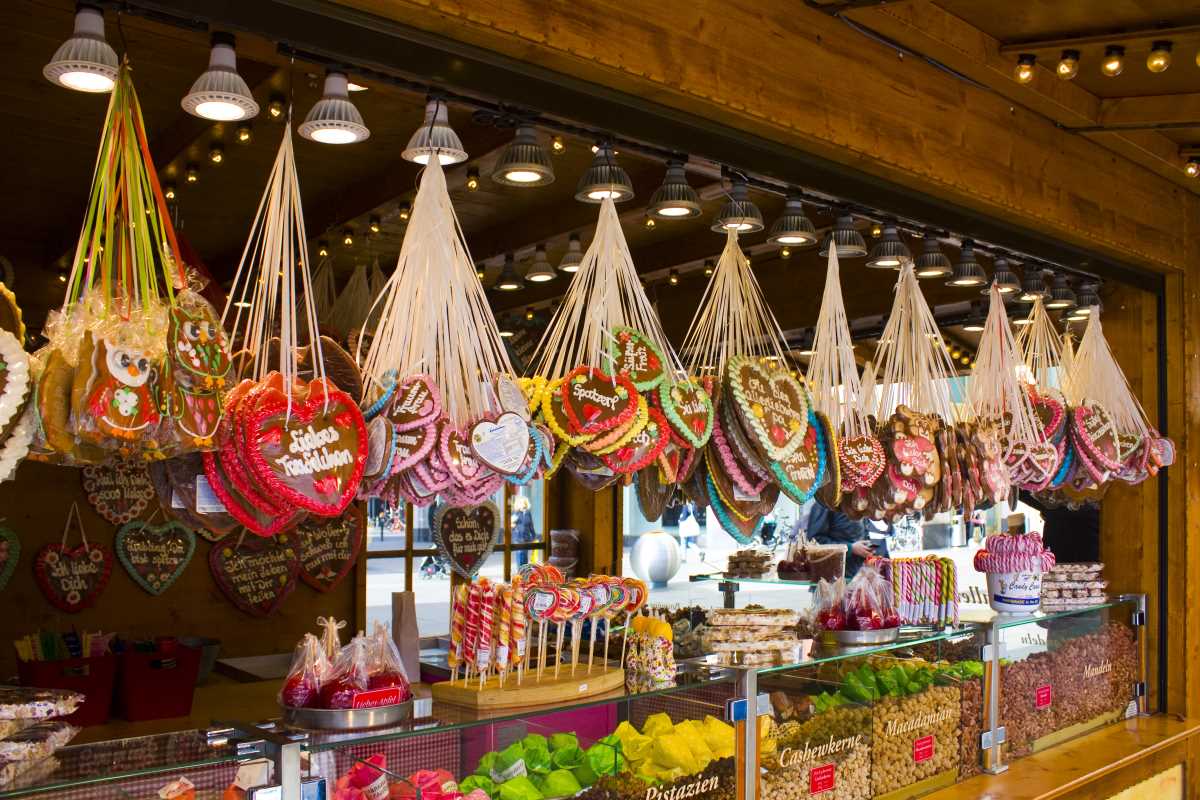 (Image via
(Image via